
Age-Stratified Analysis of Comorbid Lifestyle Diseases and the Incidence of Myocardial and Cerebral Infarction in Hypertensive Patients
Summer, and the lingering heat that follows, is a time when we need to be especially careful about food poisoning.
May 17 is World Hypertension Day—an international awareness initiative established in 2005 by the World Hypertension League (WHL), a division of the International Society of Hypertension. This day aims to increase public awareness of hypertension and emphasize the importance of its prevention and management.
Hypertension, often asymptomatic in its early stages, is widely referred to as a “silent disease” due to its tendency to progress unnoticed until it causes severe complications such as heart disease or stroke. Using real-world data from Medical Data Vision (MDV), this study analyzes age- and sex-specific trends among hypertensive patients, the prevalence of comorbid type 2 diabetes and hyperlipidemia, and the incidence of myocardial infarction and cerebral infarction within these populations.
Data Overview
Data collection period: January 2020 – December 2024
Inclusion criteria: Hospitals with complete data for the entire study period
Number of facilities: 360
Patient Age and Gender Distribution
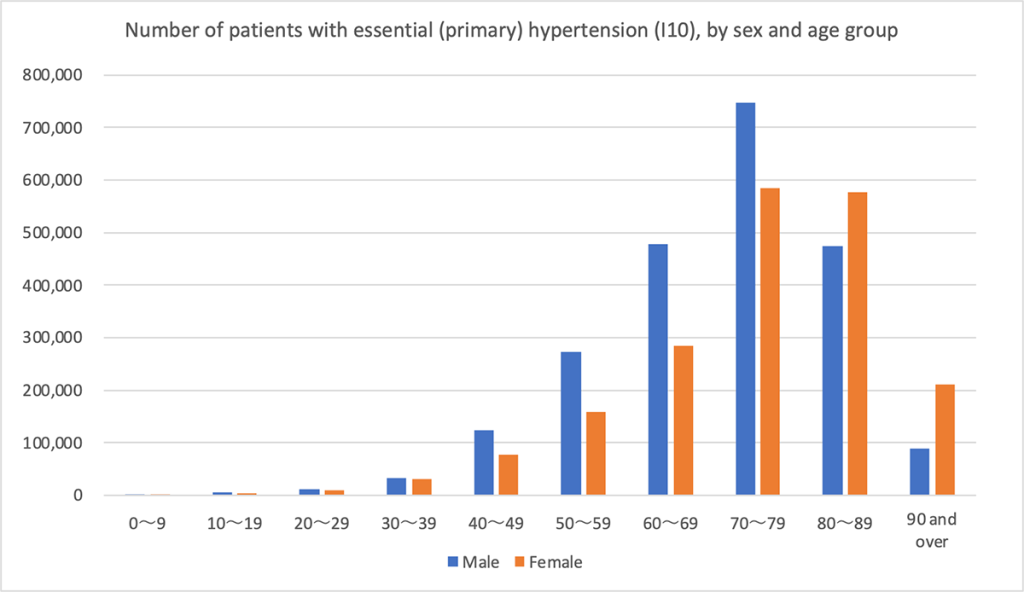
(Figure 1: Age distribution of hypertensive patients by gender)
The number of patients diagnosed with hypertension increases with age, with a notable rise observed from the 60s through the 70s. A gender-based analysis shows that men outnumber women in younger and middle-aged groups. However, this gap narrows in the 80s, and women outnumber men in the 90+ age group. This trend likely reflects the longer life expectancy of women and their higher population proportion among the elderly.
Prevalence of Comorbid Conditions
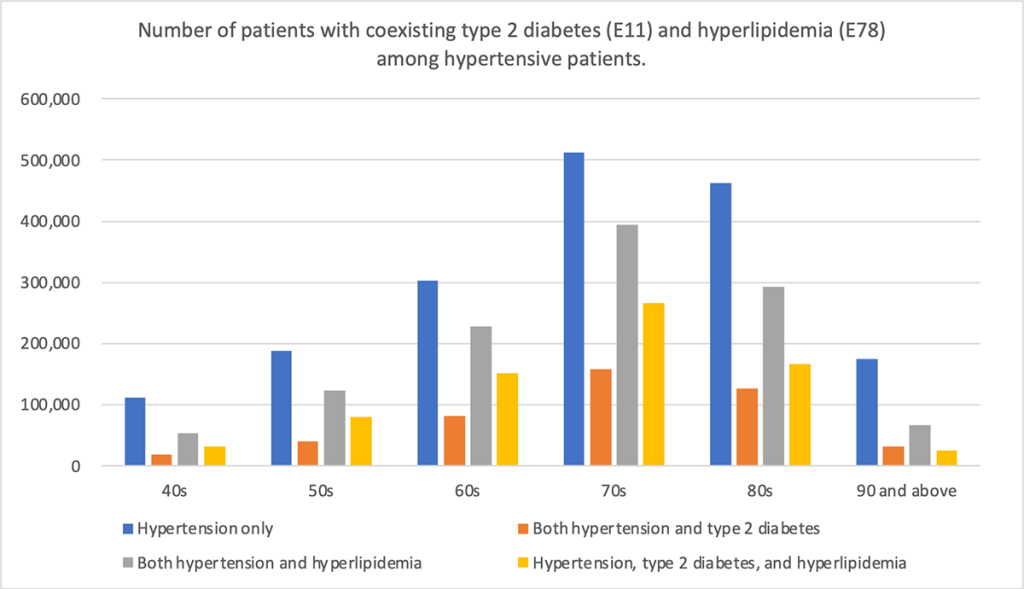
(Figure 2: Comorbidity patterns in hypertensive patients by age group)
We then analyzed the number of hypertensive patients with comorbid type 2 diabetes and/or hyperlipidemia by age group (40s through 90+). Across all age groups, patients with hypertension only constituted the largest group. The next most common comorbidity was hyperlipidemia, especially among individuals in their 60s to 80s, indicating a strong overlap between hypertension and lipid disorders. Notably, the number of patients with all three conditions—hypertension, type 2 diabetes, and hyperlipidemia—peaked in the 70s.
Incidence of Myocardial Infarction
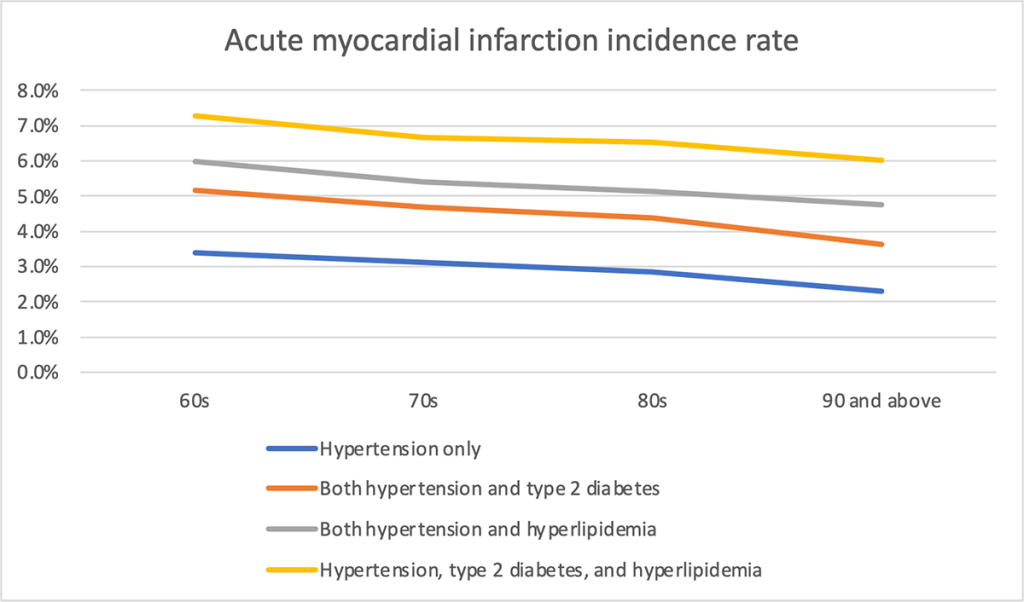
(Figure 3: Myocardial infarction incidence by age and comorbidity)
Among hypertensive patients aged 60 and above with comorbid type 2 diabetes and hyperlipidemia, the highest rates of myocardial infarction were observed in those with all three conditions. In their 60s, over 7% experienced myocardial infarctions, and rates remained above 6% even among those aged 90 and older. By contrast, the incidence decreased gradually with age in patients with hypertension only, dropping below 2.5% in those over 90.
Incidence of Cerebral Infarction
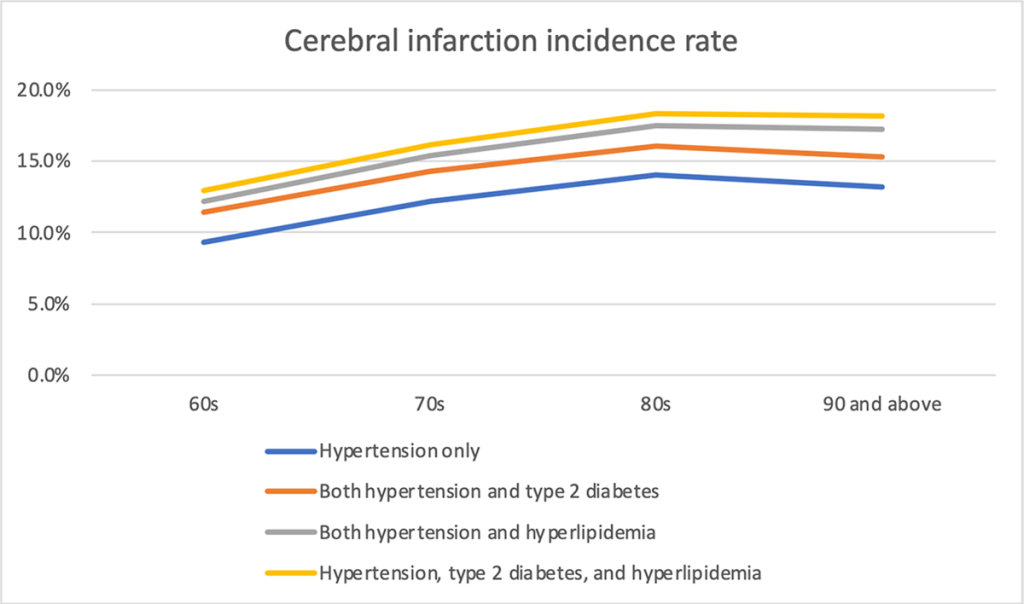
(Figure 4: Cerebral infarction incidence by age and comorbidity)
Overall, the incidence of cerebral infarction increases with age, with a marked spike in individuals aged 80 and above. Patients with all three conditions had the highest stroke rates across all age groups. Interestingly, cerebral infarction appeared more common than myocardial infarction in nearly all cases.
Combined Risk of Cardiovascular and Cerebrovascular Events
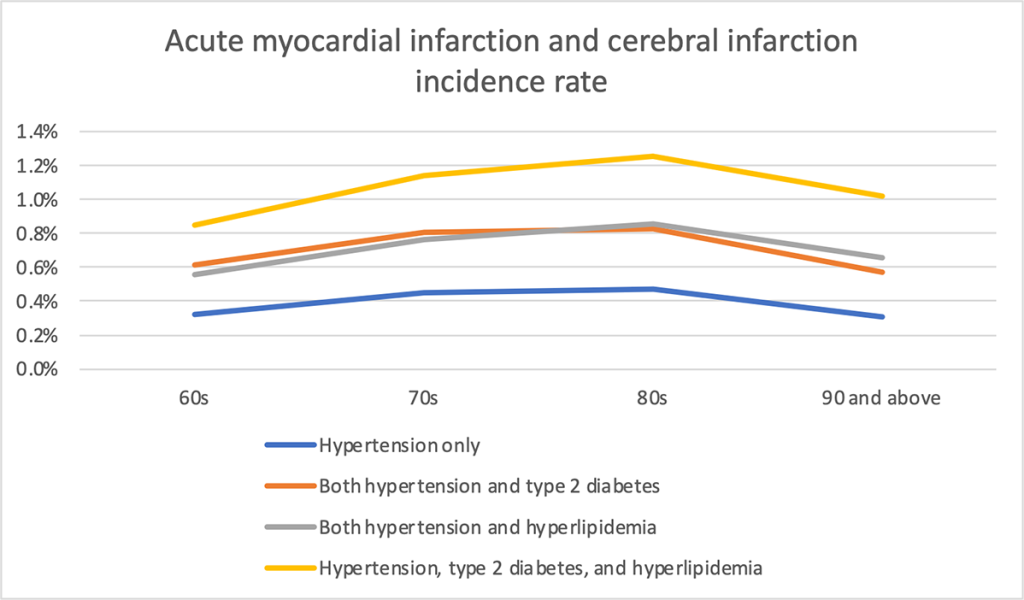
(Figure 5: Combined incidence of myocardial and cerebral infarction by age and disease combination)
The risk of experiencing either myocardial or cerebral infarction increases with age and peaks in patients in their 80s. Patients with comorbid hypertension, type 2 diabetes, and hyperlipidemia consistently demonstrated more than double the incidence rates compared to those with hypertension alone. These findings underscore the compounded risk posed by multiple lifestyle-related diseases and the critical need for integrated disease management.
Note: This article was published on May 1, 2025.
Data survey and analysis tailored to your specific requests
Databases, data analysis requests, and more.
© Medical Data Vision Co., Ltd. All Rights Reserved.





